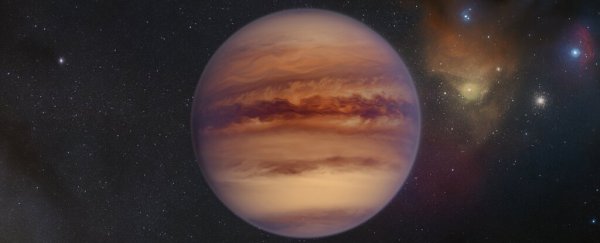European Southern Observatory’s facilities have captured thousands of photos from interstellar space, and it has led to the identification of 170 potential ‘rogue’ worlds in our corner of the galaxy.
If a significant number of them are confirmed to be planets, this can mean that there are other worlds floating about around us.
“There could be several billions of these free-floating giant planets roaming freely in the Milky Way without a host star,” says Hervé Bouy, an astronomer at the Laboratoire d’Astrophysique de Bordeaux in France.
There is not enough information about the origin of these planets. They do not glow like stars and are not following an orbit in a solar system either.

What we really need is a sizable sample of rogues we can return to time and again to track and analyze.
The new planets had some radiation as they were just born. Astronomers scanned this weak radiation signature amid images taken using ESO’s high-powered telescopes. They were able to amass a huge list of candidates ‘free-floating planets’ within the Upper Scorpius and Ophiuchus constellations.
“We measured the tiny motions, the colors, and luminosities of tens of millions of sources in a large area of the sky,” says Laboratoire d’Astrophysique de Bordeaux astronomer and first author, Núria Miret-Roig.
“These measurements allowed us to securely identify the faintest objects in this region, the rogue planets.”
Around 70 are expected to be planets out of all. Some might even be qualified as small, low-burning stars. Where gravitational lensing effects or the tell-tale wobble of a star being tugged by a heavy companion can give clear clues on the size of a planet, it’s harder to estimate mass from the light alone.

Already the density of the rogues alone suggests the isolated ‘core collapse’ model can’t be the only way to produce them. This means that there is a significant chance that these planets are outcasts.
The era we are living in is exponentially advancing in space exploration. Soon, a lot of mysteries will be solved with the help of new tools and instruments being dispatched to space.
“These objects are extremely faint, and little can be done to study them with current facilities,” says Bouy.
“The ELT [Extremely Large Telescope] will be absolutely crucial to gathering more information about most of the rogue planets we have found.”
This research was published in Nature Astronomy.


